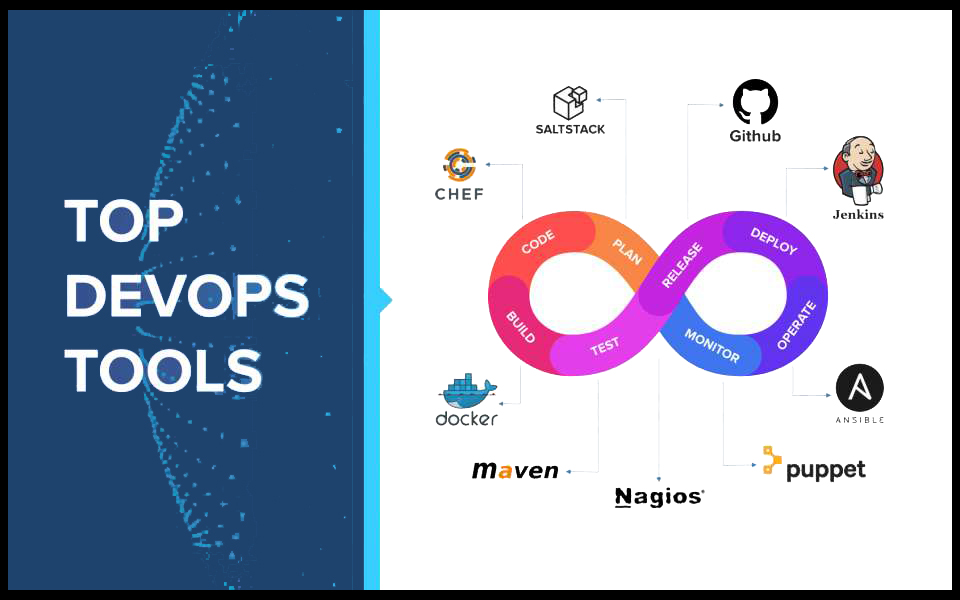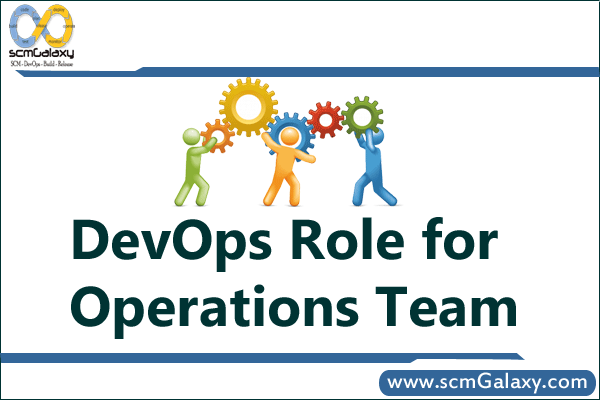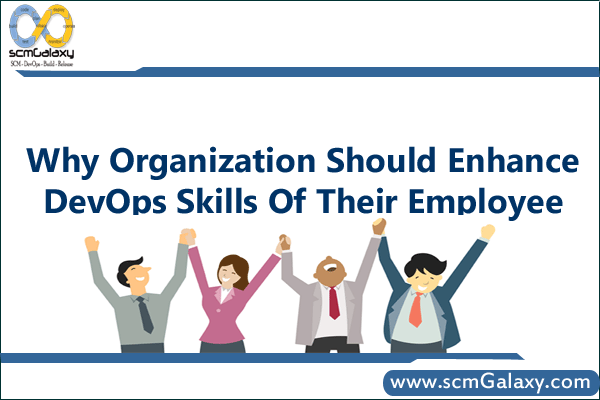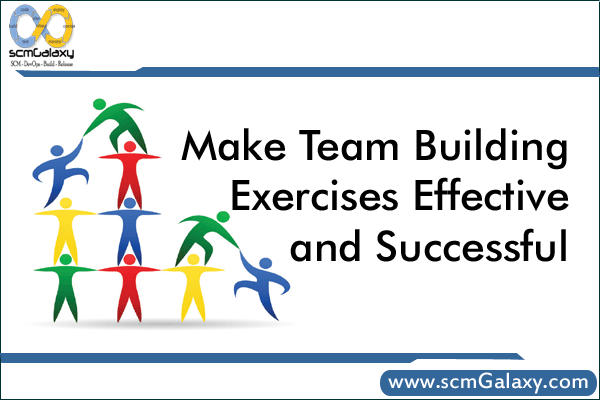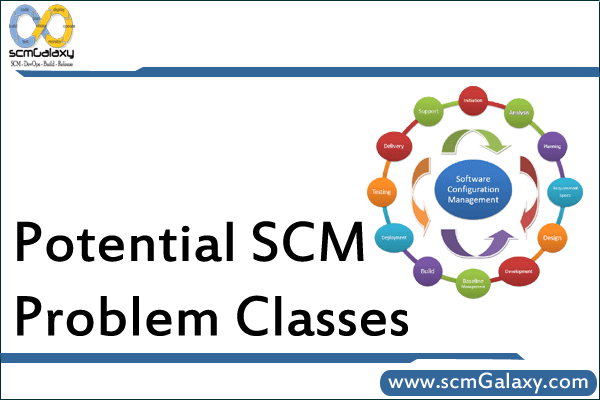First of all, we should know what Operations Team does. So, I will start with responsibilities of operations team and will move forward to see DevOps role in Operations at different level and than most important is skill sets for an operations guy and also in elaborated way.
So, a very Quick view on Responsibilities Operations Team –
Reviewing how various departments within an employer have interaction, share facts, deal with customers, and do things like make joint purchases of elements or outside offerings. Making pointers on how to growth efficiency, so that it will shop money, lessen cycle instances, and improve patron satisfaction making plans and putting into action tasks that do the above operating with human beings at numerous ranges in every department to accumulate information and spot how they do their jobs growing schooling methods and tips on how to carry out duties better keeping control informed of problem spots in advance before foremost issues arise, and proposing value powerful solutions.
Now will see DevOps role in Operations at different level –
You can commit a whole profession to Operations in case you care to. At the entry degree are jobs like Operations Assistant and Operations Coordinator. Right here you’ll probable be operating for a extra skilled Operations man or woman in which your position will encompass supporting to devise productivity development tasks, accumulating simple statistics and statistical information, and getting ready workflow charts for present operations.
A step up is Operations Analyst. This function may want to require you to identifying system improvement possibilities, broaden analytical models and guide procedure improvement packages.
Bump in advance to Operations manager and you discover your self supplying product and systems support, distribution chain making plans, hiring and education employees, plus managing team of workers.
On the Operations Director stage you’ll oversee a number of Operations Managers, each overseeing their precise place. You will be making large scale hints on growing efficiencies and fixing severe production or internal visitors issues.
As a vice president, Operations, you’ll have earned yourself a seat on your organization’s govt Committee. You’ll be expected to touch upon a wide range of issues affecting your company. Your boss will possibly be on the President degree so your huge expertise of organisational mechanics might be relied upon often.
Skills Required –
You may imagine that a person in Operations might need a actual eye for detail. They ought to observe how activities are being completed step by step, and then find approaches to make each process more green.
Communication abilities are also vital. Operations personnel must record their observations to senior management the usage of language that can be effortlessly understood and acted on.
Project making plans is usually a huge part of an Operations job. You’ll need to produce flowcharts and assign the right sources on projects of all sizes. It is able to be helpful to don’t forget a PMP (mission control expert) designation.
It could be helpful to have a college or university degree on this subject. At the same time as it may be sufficient to have a widespread enterprise degree, there are specialised diplomas and certificate in such areas as Airport Operations, Hospitality Operations, Tourism Operations and greater.
Important points for operations teams –
1. The ability to speak genuinely and concisely
Sharing is a key tenet of DevOps and if you present what you know and what you’ve learned, then having that know how is correctly vain. You’ve just made your self a bottleneck. The other talent Mortman mentioned along those traces is striving to actually recognize the footwear wherein your fellow business enterprise collaborators stand. Emphasize the sufficient cost of having empathy for all people else and what they want to get accomplished. Every role has its demanding situations and empathy for the ones challenges goes an extended way to a extra congenial place of work.
2. Collaboration techniques
New collaboration techniques are essential. Ops will need to learn powerful, distributed collaboration strategies such as the ones used in open source software program improvement. Main facet DevOps agencies make heavy use of on line chat and shared tooling to log each communication as well as motion. In some pioneers, this even involves so known as ChatOps where you may make modifications to infrastructure thru calls to an automatic bot in an online chat. Commonly this includes asynchronous communication in preference to phone calls, each lengthy form, in an archived and searchable form.
This allows, on-name ops for the duration of any crises or fires that arise, as well as eases the capability to discover and brainstorm infrastructure changes, in which all and sundry can without problems contribute their thoughts.
3. A bendy mindset
We’re no longer always speakme about advanced styles of intellectual Yoga, but clearly the capability to change as know-how and situations trade, whether those changes are technical or business pushed. The willingness to make adjustments and to evaluate change options is fundamental to DevOps. Things are going to fail, you or a selection you’ve made are going to be the purpose of that failure. Or things just received paintings as well as you’d hoped or notion. “Be willing to change your mind and look for higher options, says Mortman, a DevOps Expert”.
4. Top enough is never enough
It’s about constantly seeking non-stop improvement. This mindset is laser targeted on continuous improvement every day. “It’s miles the capability to unlearn and collect new extra relevant expertise in mild of complexity and emergent statistics then disconfirm it with the clinical method and flow on to software handiest where relevant, says Kevin Behr leader technological.
5. Subsequent up: The Technical abilties
Understanding of present day software program engineering to move to a international of infrastructure as code wherein all structures are maintained the use of configuration management tools along with Puppet or Chef, which include version control, unit and integration testing, agile software program development, as well as continuous shipping and deployment fashions. Conventional sysadmins might also nevertheless live in a global of login prompts and guide edits of configuration files, so this will be possibly the most important hurdle in terms of information.
The technical mindset I look for are abilities which allow a group to deal with servers greater. To paintings efficiently at that form of structures mentality, DevOps engineers need programming and systems architectural competencies. Whether or not meaning Ruby or Python or something is wanted to efficiently work with orchestration gear, APIs, and automation. It’s less approximately needing to know a particular programming language greater approximately knowledge programming algorithms and sturdy structures layout.
6. Current software architecture
This includes cloud deployment and administration as well as distributed systems. As we circulate to a cloudy global of software, ops will want to deploy, keep, reveal, and troubleshoot production problems with this infrastructure. And yet in lots of cases it’s tons more complicated than the preceding equal, although it brings with it tremendous advantages in agility and uptime if carried out right. Ops will want to familiarize themselves with cloud instances and offerings, as well as lower level software infrastructure which include Linux distributions and databases while deployed in a cloud.
Tagged : Devops / DevOps Importance / DevOps Role / DevOps Skills / Operation / Operations Team / Ops Team / organization / Role / Team

